1972-1974 Fiat ESV Prototypes
- Story Cars

- Mar 9, 2022
- 2 min read
The American NHBS (National Highway Safety Bureau, later the National Highway Traffic Safety Administration, NHTSA) in 1971 announced a competition among US automakers to create a car with improved passive safety. It was assumed that all the leading automotive brands in the country would take part in the race of ideas.
However, the reality turned out to be much crueler: by December 1971, only two companies had applied - American Machine & Foundry and Fairchild Hiller. Moreover, both belonged to heavy engineering and not to the automotive industry. Realizing that it was necessary to either change the rules or stop the competition, NHBS decided to extend its action to the whole world. And it did not fail - in 1972, many leading automakers entered the "friendly match," including Volvo, Opel, Volkswagen, Nissan, Mercedes ... and, of course, Fiat.
Like most of the projects created for this competition, the cars were named ESV, "Experimental Safe Vehicle." Since Fiat entered its cars in three classes of the competition at once, numerical indices were added to the abbreviation, which displayed the weight of the cars in pounds.
The competition was held in several stages; Fiat participated from 1972 to 1974 inclusive. During the competition, conferences were held that determined the further vector of security development: the first was held in January 1971 in Paris, then there was a conference in Sindelfingen, Germany, in September 1971; in July 1972, the board met in Washington, and a year later in Kyoto. Fiat was preparing its cars just in time for the conferences.
In total, Fiat built three cars for the safety contest. The first was the ESV 1500, a compact 680-kilogram rear-wheel-drive sedan built using components from the Fiat 500 and Fiat 126. 13 prototypes (mostly in red and yellow) were assembled and shown at conferences in Washington and Kyoto. The black parts are polyurethane linings, which avoided damage during accidents at city speeds.
The ESV 2000, a 1165-kilogram car based on the Fiat 128, was built according to the same scheme. Since the ESV 2000 did not differ from the donor in technical terms, it had a familiar five-door body and front-wheel-drive layout. The difference came down to weight - the prototype weighed 360 kilograms more than the production model. But that's not all - for the ESV 1500, a power body frame was developed.
The largest representative of the ESV family was the 2500th - a sedan based on the well-known Fiat 124. The car with a classic layout (engine - front, drive wheels - rear) was supplemented with body amplifiers and massive rubber panels, due to which the bodyweight almost doubled.
In total, Fiat built 49 prototypes for the NHBS competition. It is worth noting that only Italians offered such a variety among the contestants, and in 1981 they also continued the topic with a safe prototype Fiat VSS. As for the competition results, they are obvious - steel bumpers gave way to rubber and plastic ones, not least at the suggestion of Fiat, USA deformable bumpers have become one of the mandatory requirements for vehicle certification.
Source: Mario Buonocunto Concept Cars Page; motor.ru (translated from Russian)
Images: Fiat
Pictured Above: 1972 Fiat ESV 1500 Prototype
Pictured Above: 1972-1973 Fiat ESV Prototype Examples
Pictured Above: 1973-1974 Fiat ESV 2000 Prototype Examples
Pictured Above: 1973-1974 Fiat ESV 2500 Prototype Examples




















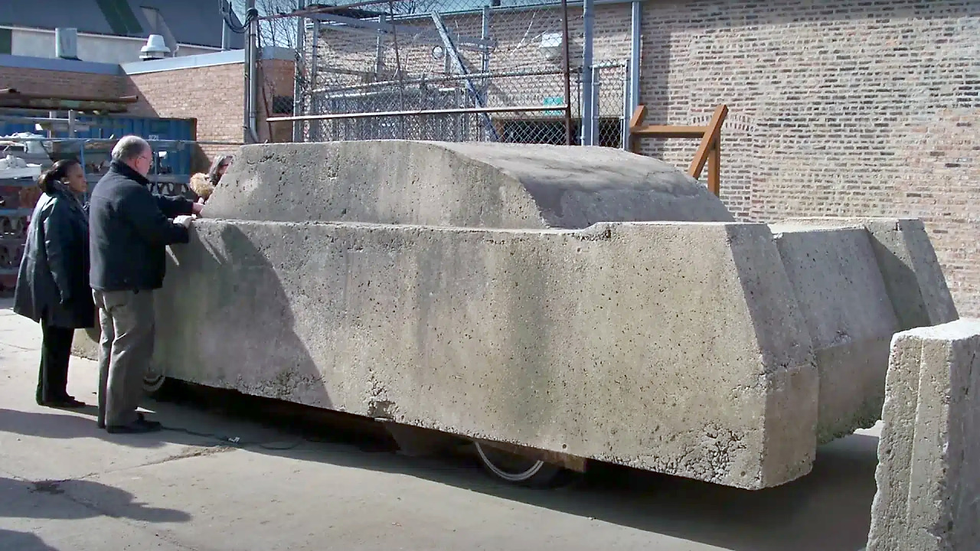





























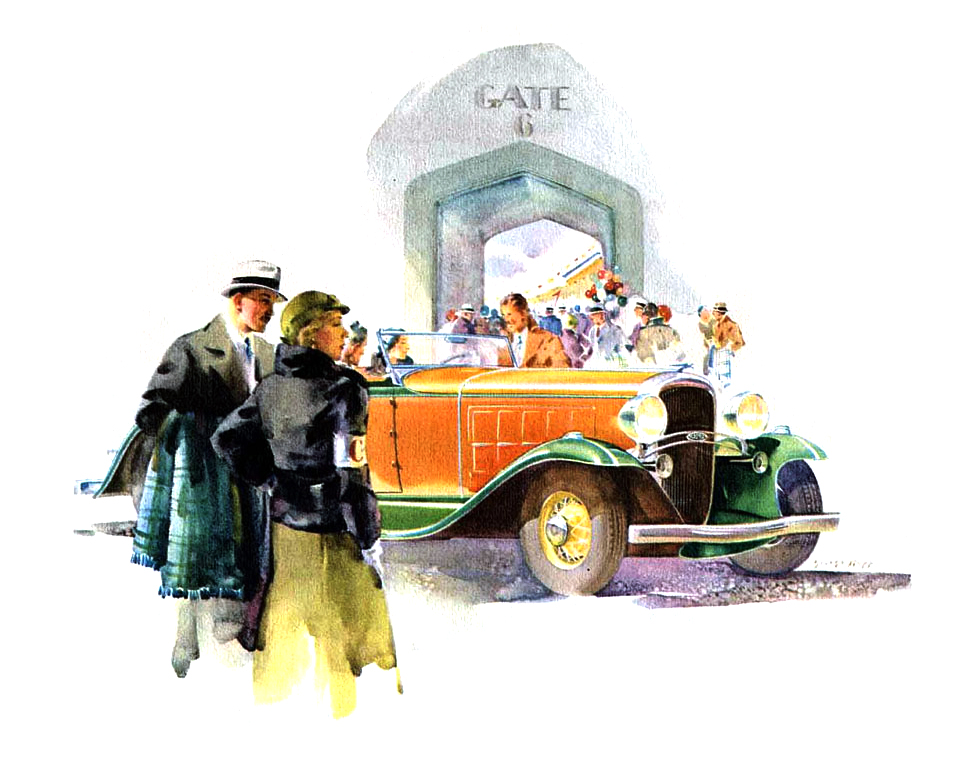
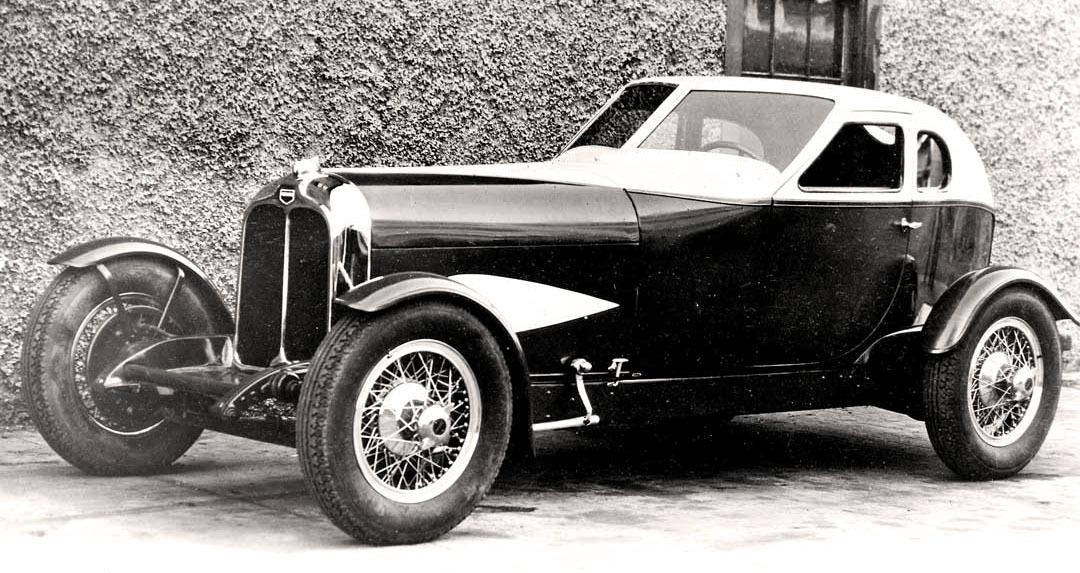
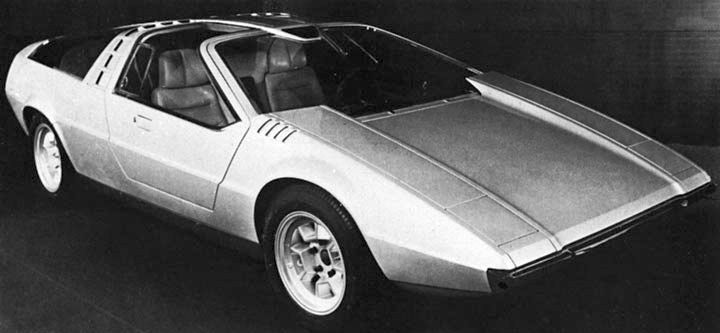






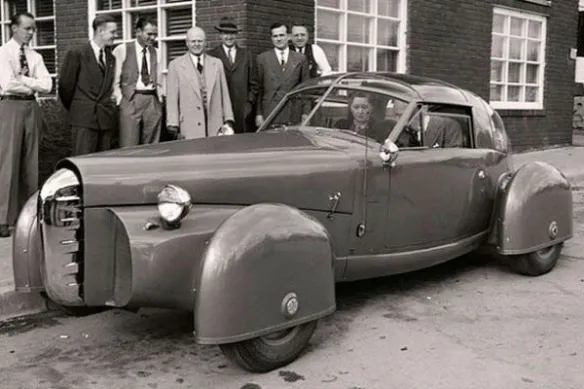



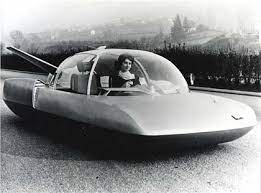

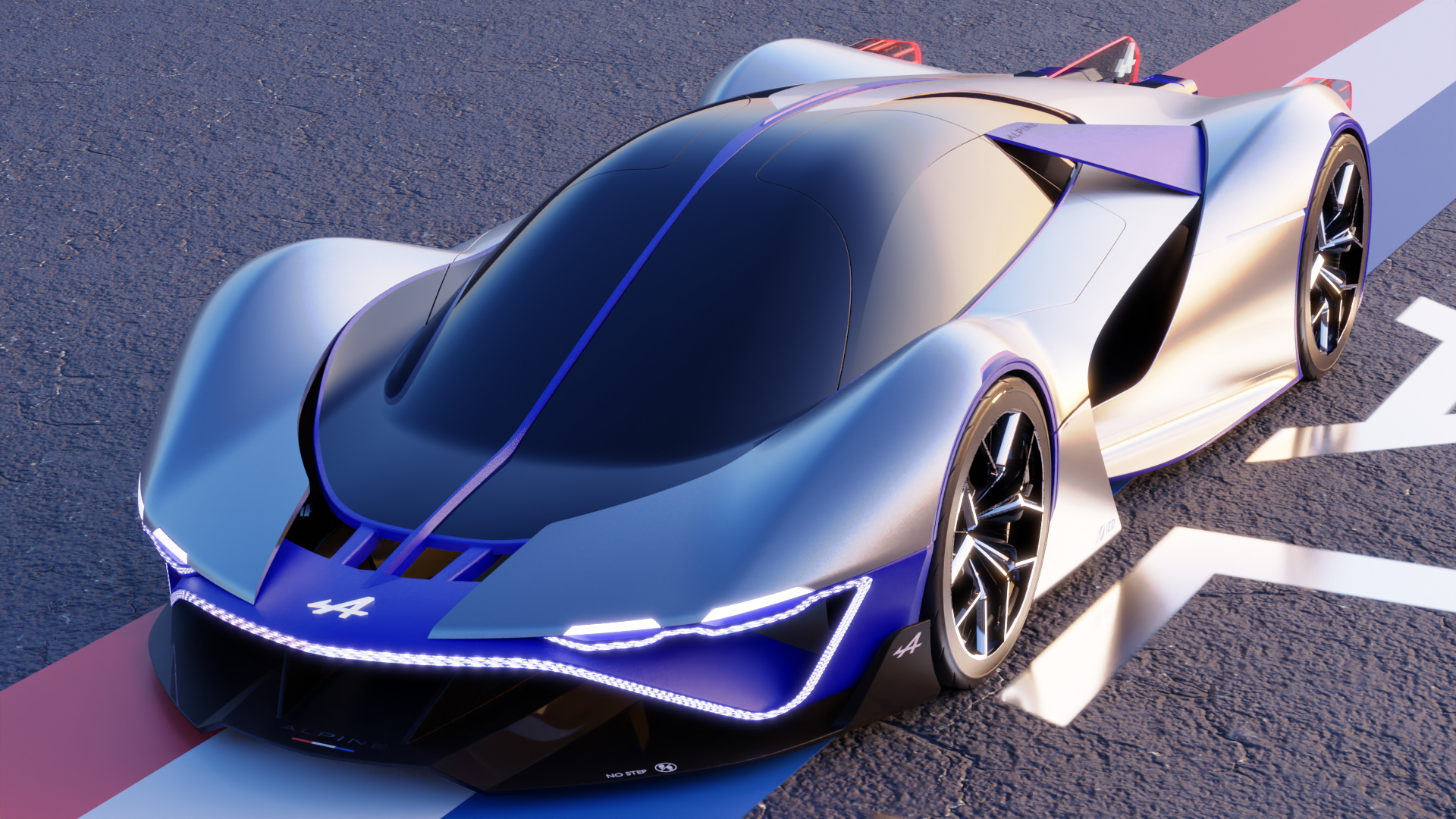
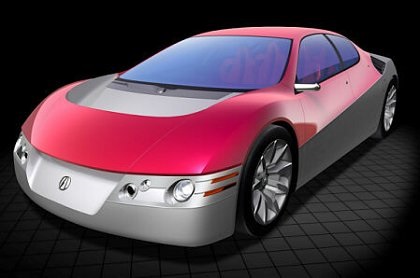

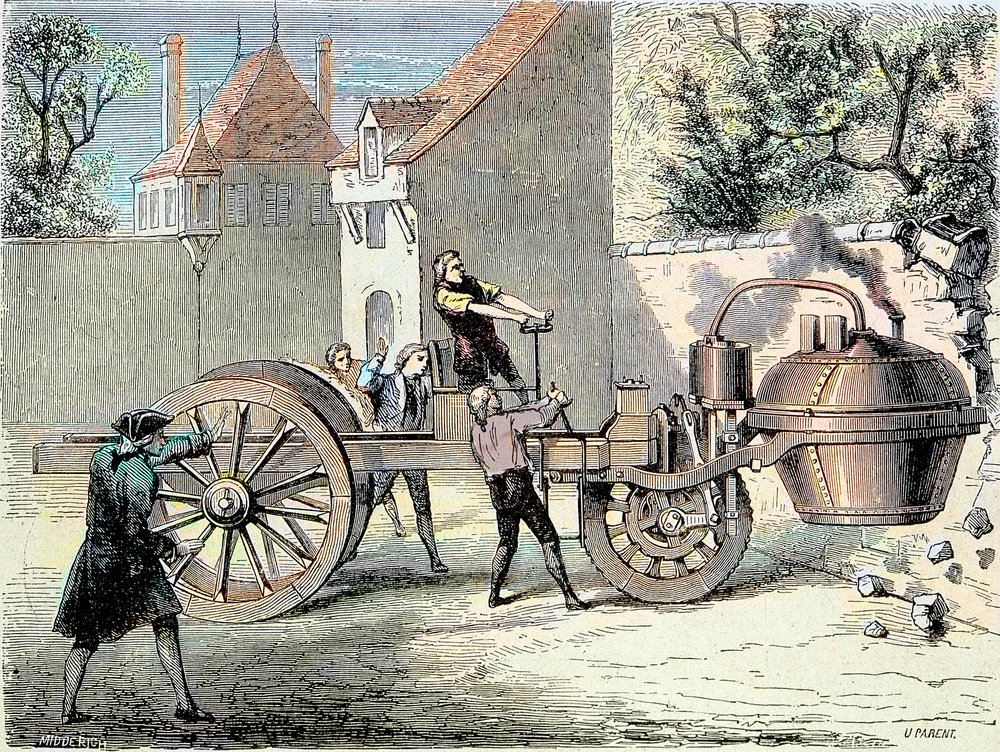
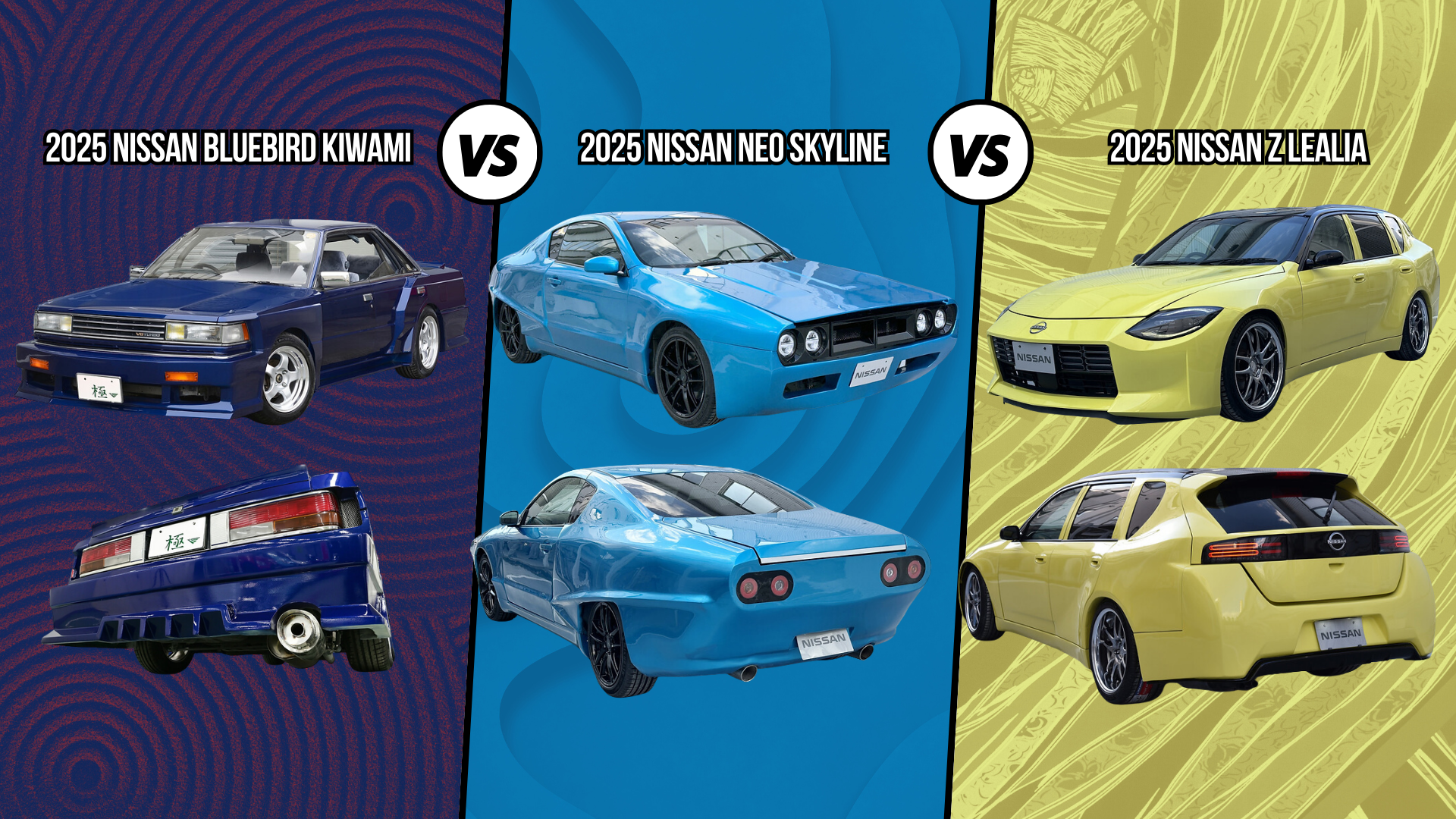
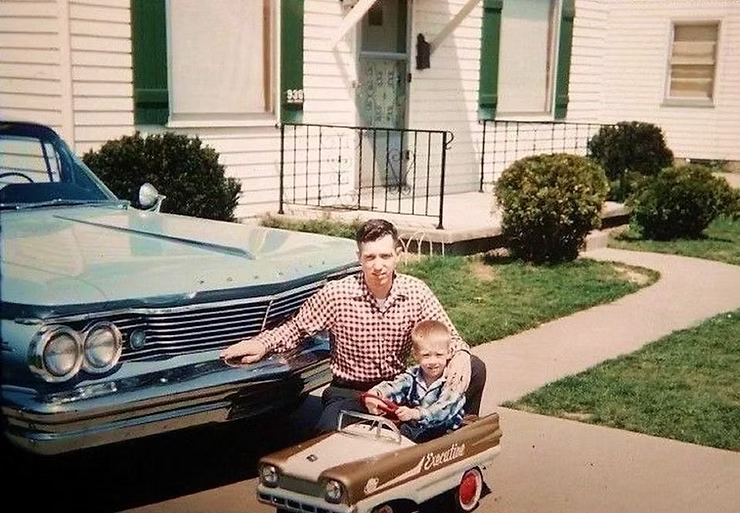
Comments